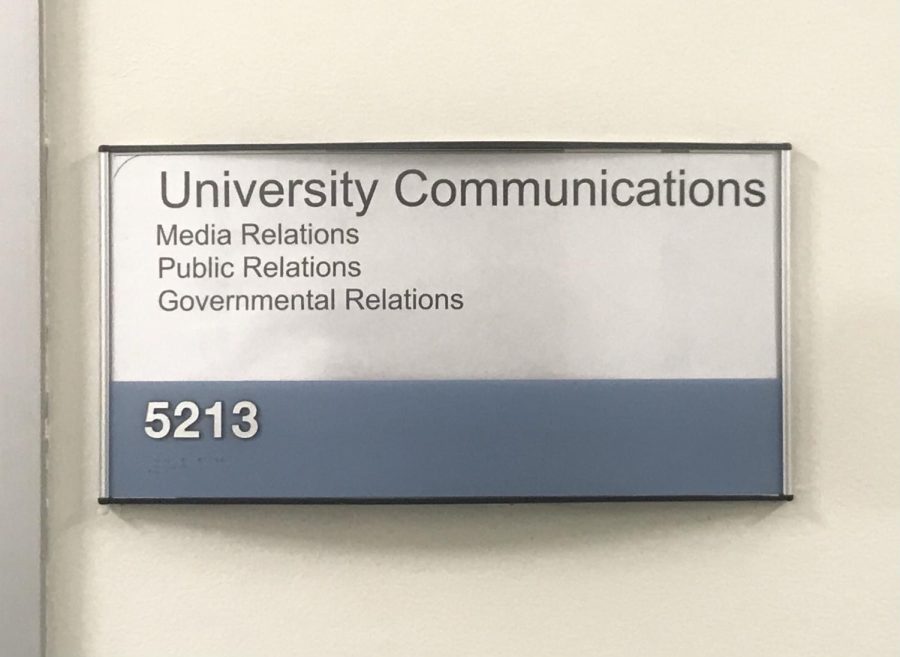The team behind campus-wide communications
February 22, 2022
Christine Vaughan and her University Communications colleagues spend their time talking to students and the rest of the campus community.
Their trick is finding a balance among targets, content and method.
“I know if I’m trying to reach students today, I am not going to be posting that on Facebook,” said Vaughan, director of Communications.
“… What’s the audience? What’s the outcome? And then once you determine those, what’s the best channel for communication and then creating that content? It’s a very dynamic process as opposed to a flat linear process,” Vaughan said.
To reach students, faculty and staff, the department created “This Week at CSUSM” newsletter sent weekly on Mondays to all campus addresses.
Separate versions cater to different audiences. For instance, employees may get one take, students another.
It all comes down to who will benefit and be interested in the messages being shared without making it hard to find, Vaughan said.
Keeping it streamlined is crucial. Nothing too overwhelming or an overflow of announcements clogging recipients’ inboxes.
“I kind of call it a Reader’s Digest of Monday. Here are the top things you need to know: easy, skimmable information. Click on what you want to know more about as opposed to getting lost in a sea of standalone emails,” Vaughan said.
Another newsletter, “NewsCenter,” is more editorial. It tells the stories of the people, programs and initiatives of the university, Vaughan said. One version is emailed to students, another to employees, and one to extended friends of the university.
To students who have remained online these past few semesters, these newsletters have been a glimpse into campus life that would not have otherwise existed.
In 2020, when COVID-19 resulted in the campus closure at first, the volume of emails sent spiked by 40 percent, Vaughan said. Students and employees could no longer walk past sandwich boards promoting upcoming events. Instead, the university shared news entirely online.
Today, digital communications are still up by 18 percent compared to 2019 semesters.
While the number of eyes on these communications has escalated, click rates to embedded links have not. “I know people are interested in the content, but I don’t know if people always have the time or desire to know more beyond that,” Vaughan said.
The name of the University Communications department, once known as the Office of Communications, changed in September of 2020 with the unit reporting directly to the Office of the President.
Eight professional staff members led by Chief Communications Officer Margaret Chantung make up the department.
This kind of restructuring is common across higher education institutions to create a wider scope of communication for the campus, Vaughan said.
“Our office is responsible for advancing and elevating the mission and goals of the university” including news and fundraising as its official voice, she said.
While other areas of the university include the ‘CSUSM’ signifier in their email addresses or social media handles, University Communications is the only office that reaches across every department, students and staff.
The content of the messages isn’t always glamorous. “Sometimes we have to share information that is not good, but it is for the public’s good to know it,” Vaughan said.
The staff often works alongside others in the broader campus community to help get their news out, too.
“The work we do… it is a lot. It is incredibly rewarding,” Vaughan said. “And I’m proud of the team that’s behind it.”
Editor’s note: Those not signed up to receive the “NewsCenter” e-newsletter may do so at https://news.csusm.edu/email-sign-up.


